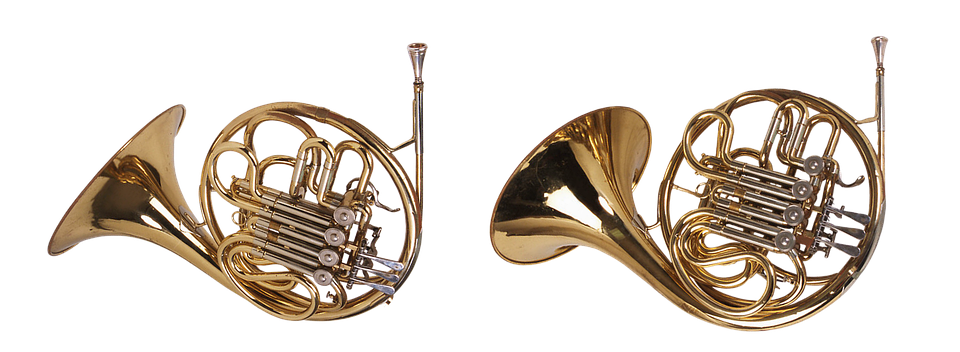For centuries, sound has been used as a form of healing and meditation, with various cultures employing different techniques and instruments to promote physical, emotional, and spiritual well-being. Sound therapy, also known as sound healing, has gained popularity in recent years as a complementary approach to traditional medicine. But what is the science behind sound therapy, and how do its instruments work to promote healing and relaxation?
The Science of Sound Therapy
Sound therapy is based on the principle that sound waves can affect our brainwave activity, heart rate, and other physiological processes. When we listen to sound, our brain processes the vibrations and converts them into electrical signals that can alter our mood, reduce stress, and even alleviate pain. Research has shown that sound therapy can:
- Reduce anxiety and depression by promoting relaxation and reducing cortisol levels
- Improve sleep quality by regulating brainwave activity and inducing a state of deep relaxation
- Alleviate chronic pain by releasing endorphins and reducing inflammation
- Enhance cognitive function and memory by increasing focus and concentration
Instruments of Sound Therapy
Sound therapy employs a variety of instruments, each with its unique properties and effects. Some of the most commonly used instruments include:
Singing Bowls
Singing bowls, also known as Himalayan bowls, are made from metal and produce a rich, resonant sound when played. They are often used to:
- Reduce stress and anxiety by promoting relaxation and calming the mind
- Improve sleep quality by inducing a state of deep relaxation
- Enhance meditation and focus by creating a peaceful atmosphere
Tuning Forks
Tuning forks are used to produce specific sound frequencies that can:
- Reduce pain and inflammation by releasing tension and promoting relaxation
- Improve mood and reduce anxiety by stimulating the brain’s emotional centers
- Enhance cognitive function and memory by increasing focus and concentration
Drums and Rhythms
Drums and rhythms have been used for centuries in various cultures to promote healing and spiritual growth. They can:
- Reduce stress and anxiety by promoting relaxation and releasing endorphins
- Improve mood and reduce depression by stimulating the brain’s emotional centers
- Enhance cognitive function and memory by increasing focus and concentration
How to Experience Sound Therapy
Sound therapy can be experienced in various ways, including:
- Attending sound baths and meditation sessions
- Using sound therapy apps and online resources
- Purchasing sound therapy instruments and practicing at home
- Working with a sound therapist or healthcare professional
Conclusion
Sound therapy is a powerful tool for promoting physical, emotional, and spiritual well-being. By understanding the science behind sound therapy and its instruments, we can harness the healing potential of sound to improve our lives and enhance our overall health. Whether you’re looking to reduce stress, improve sleep, or simply find a new way to relax, sound therapy is definitely worth exploring.
So why not give sound therapy a try? Find a local sound therapist, attend a sound bath, or simply experiment with sound therapy instruments at home. You might be surprised at the healing harmonies that await you.


Leave a Reply